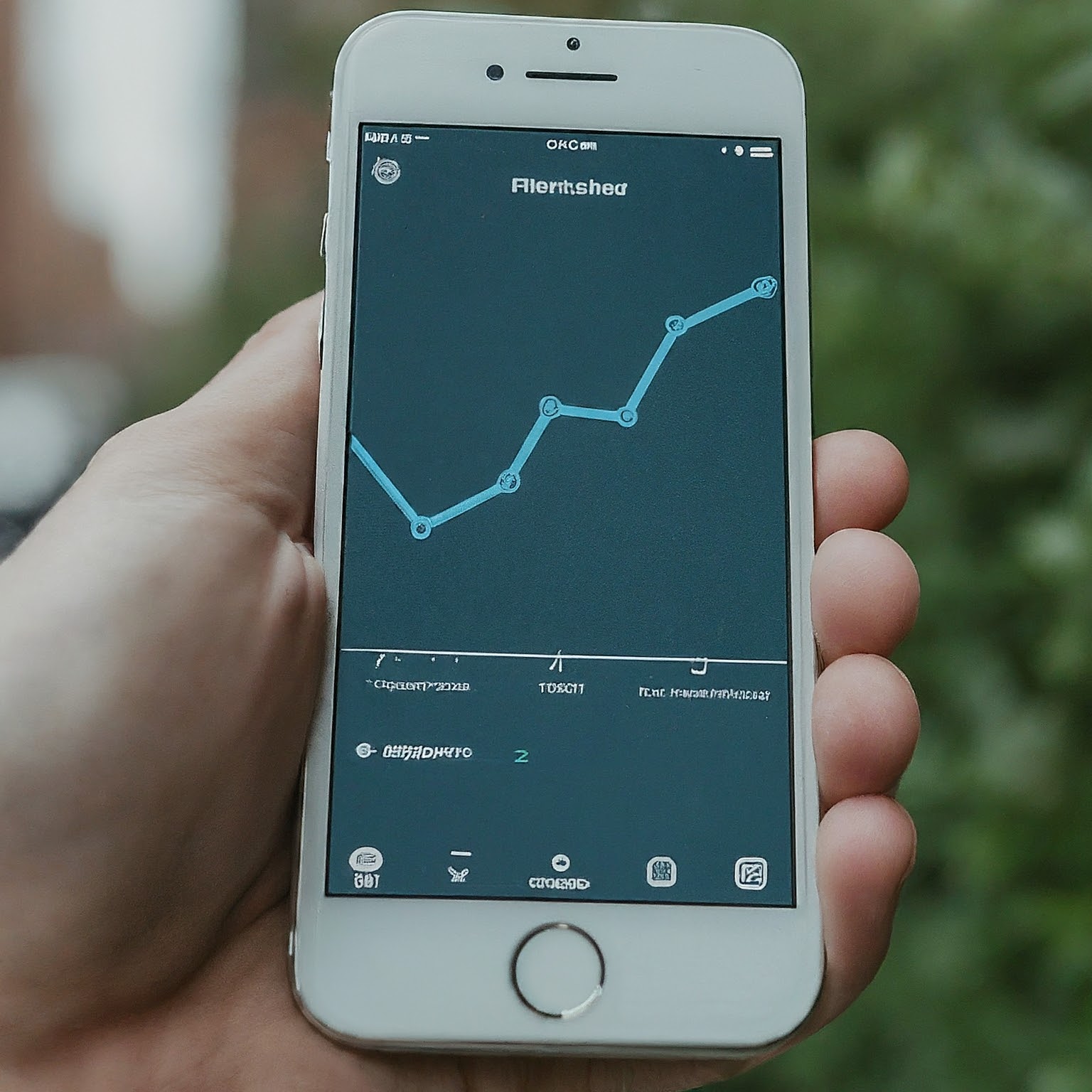Managing a shared AT&T account comes with the convenience of bundled services and centralized billing. But it also raises questions about privacy and access to individual usage information. This article delves into the details of what an AT&T account holder can see regarding the lines on their account.

Account Information: A Clear View
The account holder has complete visibility into the overall account details, including:
Account Owner: Name and contact information of the person who set up the account.
Billing Address: The address where your monthly statements are sent.
Contact Information: Primary phone number and email address associated with the account. This can be used for important updates and notifications.
Account Status: Whether the account is active, suspended, or past due.
Line Details: A Breakdown of Individual Usage
While the account holder can’t directly access the content of your text messages or call recordings, they can view details related to your line usage. This includes:
Call History: Incoming and outgoing calls with phone numbers, durations, and timestamps. This provides a general overview of calling activity.
Text Messaging Log: Similar to call history, the account holder can see the phone numbers you’ve texted with, along with the dates and times of the messages. However, the actual content of the messages isn’t accessible.
Data Usage: This breakdown reveals your monthly data consumption, potentially categorized by app or service (availability might vary). The account holder can monitor data usage to avoid exceeding plan limits and incurring overage charges.
Voicemail: While the account holder can’t listen to your voicemails directly, they might be able to see information about them, such as the date, time, and caller ID (if available).
Important Note: The specific level of detail available for call history, text messaging logs, and voicemail information might vary depending on your AT&T plan and account settings.
Limitations and Considerations
It’s important to understand what the account holder cannot see:
Text Message Content: As mentioned earlier, the actual content of your text messages remains private.
Internet Browsing History: The account holder cannot access your browsing history or website visits.
App Usage Details: While data usage breakdowns might reveal broad categories of app usage (e.g., video streaming, social media), the account holder wouldn’t be able to see specific apps used or the duration of app activity.
Location Tracking: Unless explicitly enabled through a separate service, the account holder cannot track the location of your device using your phone number or AT&T account.
Privacy Controls: Taking Charge of Your Information
While the account holder has access to certain usage details, you can explore ways to manage your privacy within the AT&T ecosystem:
Contact AT&T Customer Support: Inquire about privacy settings and restrictions that can be applied to your line. This might involve limiting access to call history or text message logs.
Utilize Messaging Apps with Enhanced Privacy Features: Some third-party messaging apps offer features like disappearing messages or end-to-end encryption, which can provide additional layers of privacy for your text conversations. However, using such apps introduces additional considerations regarding data security and app permissions.
Open communication is crucial when managing a shared AT&T account. Discuss expectations regarding privacy and usage monitoring with the account holder.
Set Clear Boundaries: If you require a higher level of privacy for your phone activity, discuss this with the account holder and establish clear boundaries.
Explore Alternative Billing Options: If privacy is a major concern, consider exploring the possibility of having a separate AT&T account with your own billing responsibility.
Remember: AT&T prioritizes customer privacy. The information accessible to the account holder is intended for monitoring usage and managing billing, not for intruding on personal communication.
Beyond the Basics: Additional Considerations
Here are some additional points to keep in mind:
Subaccounts: AT&T allows creating subaccounts within the main account. Subaccount holders might have limited access to usage information compared to the primary account holder.
Parental Controls: AT&T offers parental control features that can be used to restrict specific types of content or services for lines associated with minors.
Business Accounts: For business accounts, the level of access to individual usage details might be determined by company policies and internal security protocols.


